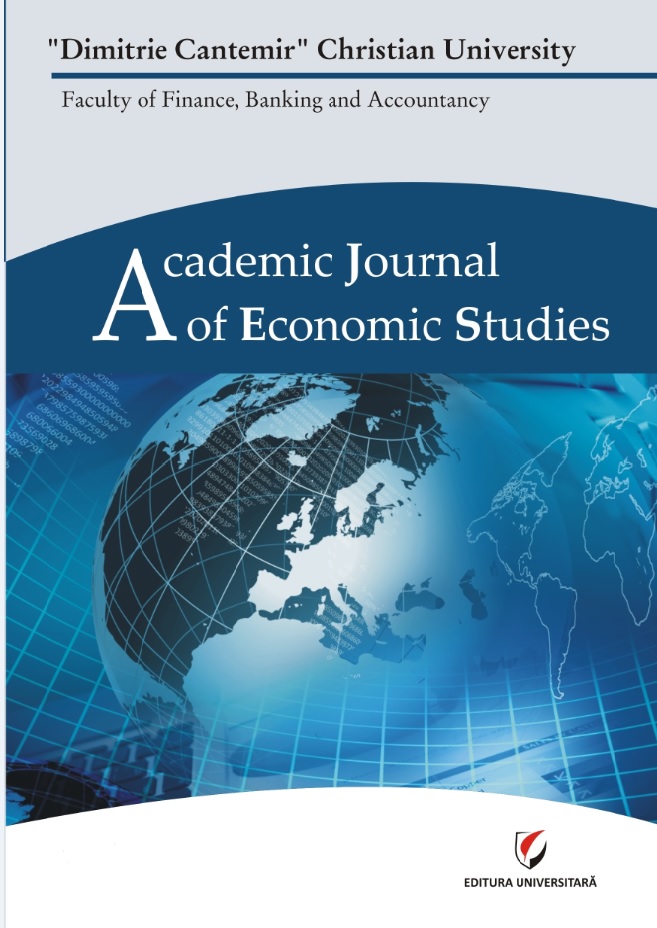Comparison of Recent Developments in Productivity Estimation: Application on Ethiopian Manufacturing Sector
Comparison of Recent Developments in Productivity Estimation: Application on Ethiopian Manufacturing Sector
Author(s): Yismaw Ayelign, Lakhwinder SinghSubject(s): Business Economy / Management
Published by: Editura Universitară & ADI Publication
Keywords: Total factor productivity; manufacturing; Ethiopian industry; productivity
Summary/Abstract: The objective of this paper is to estimate total factor productivity of manufacturing firms in Ethiopian under alternative estimation approaches. Six methods are compared in the estimated total factor productivity namely ordinary least square, fixed effects, Olley and Pakes (1996), Levinsohn and Petrin (2003, Robinson (1988) and Wooldridge (2009). The estimated input elasticities in all the models are statistically strongly appealing and have the theoretically expected sign yet they differ in magnitude. Though there is significant variation in the mean total factor productivity estimates ranging from 6.38 in the ordinary least square estimate to 4012.21 in Olley and Pakes, there is strong positive correlation among the methods except the Olley and Pakes approach. The correlation (excluding Olley and Pakes) ranges from 92.71% between Levinsohn and Petrin and fixed effects to 99.97% between Robinson and Wooldridge. Taking Wooldridge as the appropriate estimator since it has the additional advantage of producing more efficient estimates and tackles potential serial correlation and heteroscedasticity, output on average increases by 0.25% for 1% increase in labor input, other factors unchanged, it increases by 0.11% when a firm increases its capital user cost and also it increase by 61% as a firm increases its raw material usage by 1%. Productivity estimates of the manufacturing sector vary significantly across industrial groups ranging from 41.52 in the non-metallic to 937.77 in the wood category. The variation is higher even within the top three performers 937.77, 198.42 and 132.72 respectively for wood leather and textile industries. Exporting firms are more productive across ownership types and firm size. Therefore, there is a need to raise capital productivity, export participation and learning across industrial groups in order to build strong manufacturing base which enhance the aggregate economic growth to sustain and to improve social wellbeing.
Journal: Academic Journal of Economic Studies
- Issue Year: 5/2019
- Issue No: 3
- Page Range: 20-31
- Page Count: 12
- Language: English

